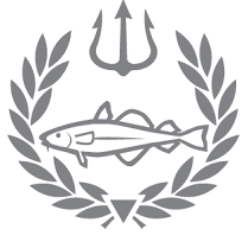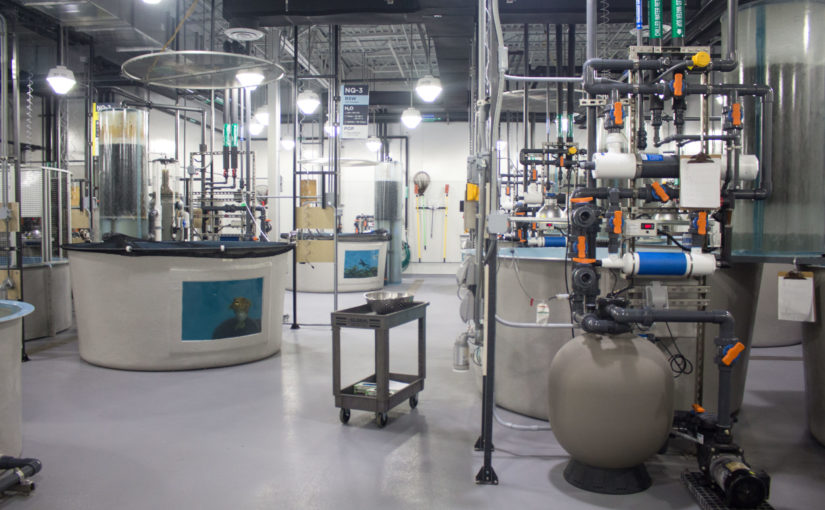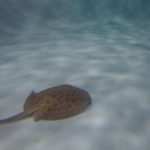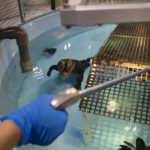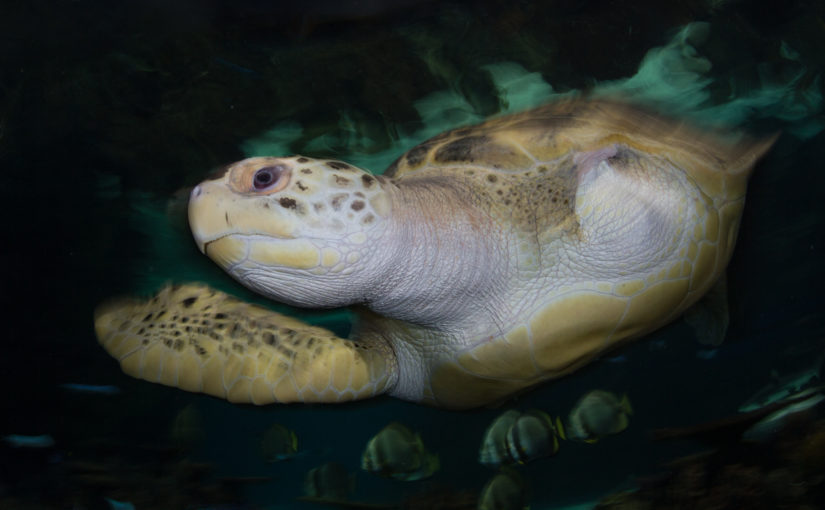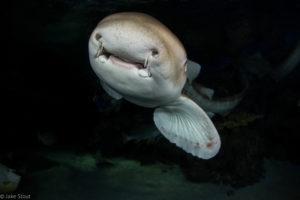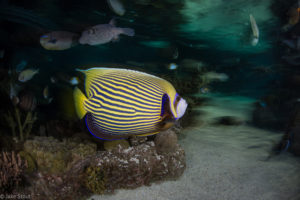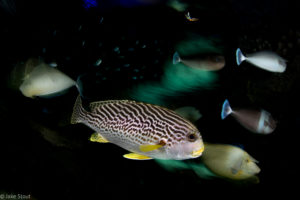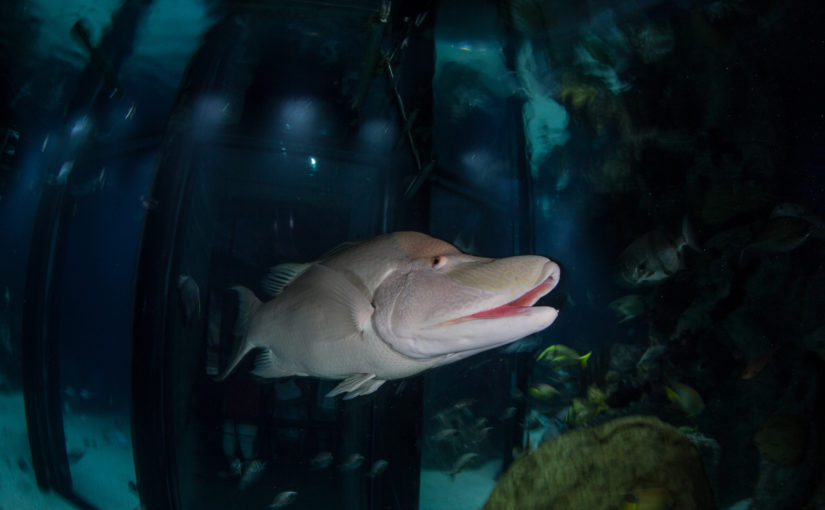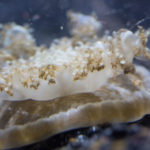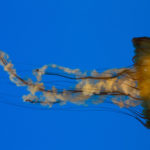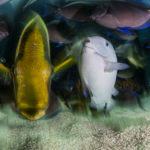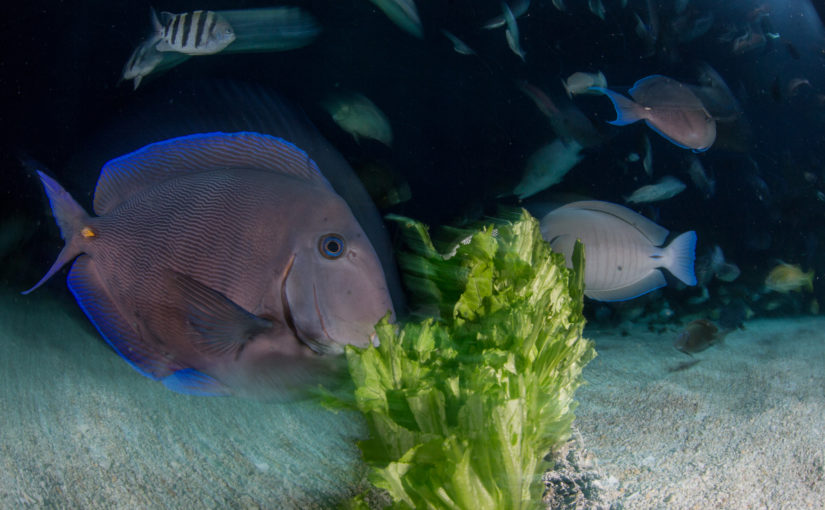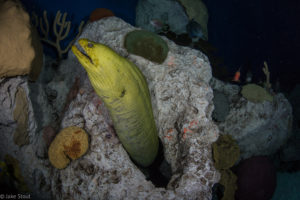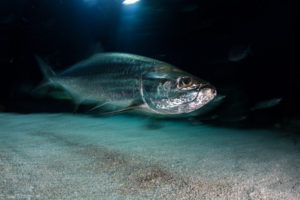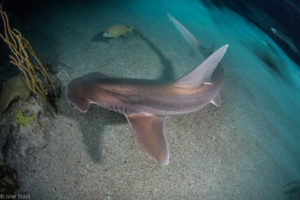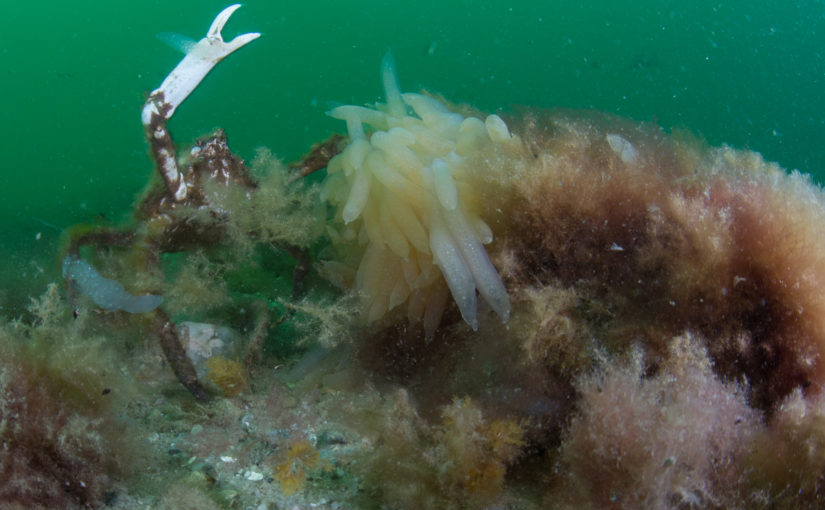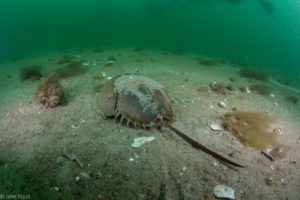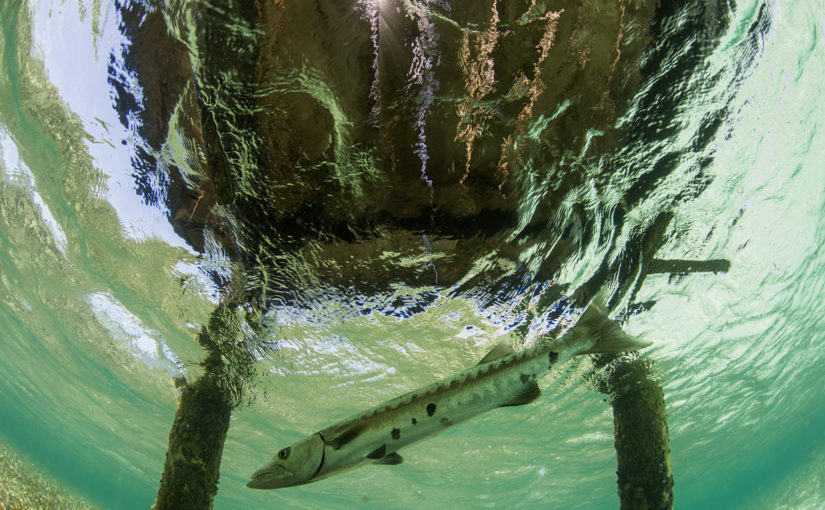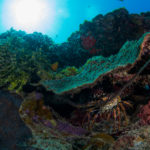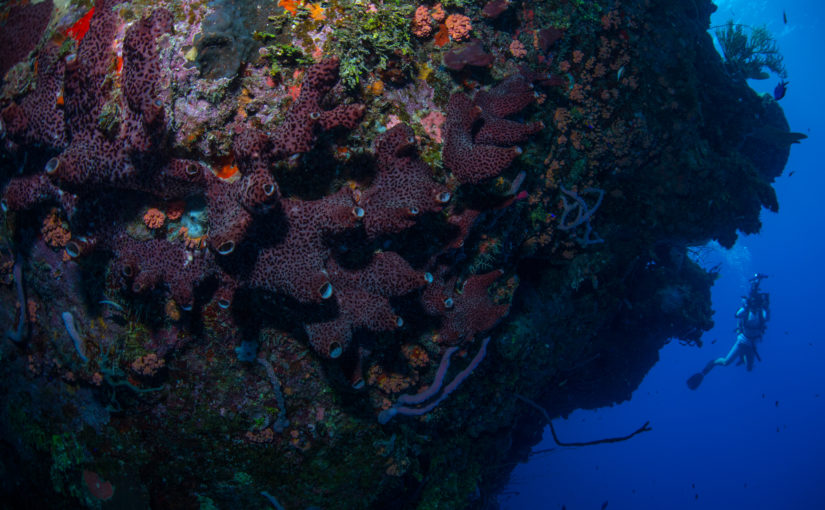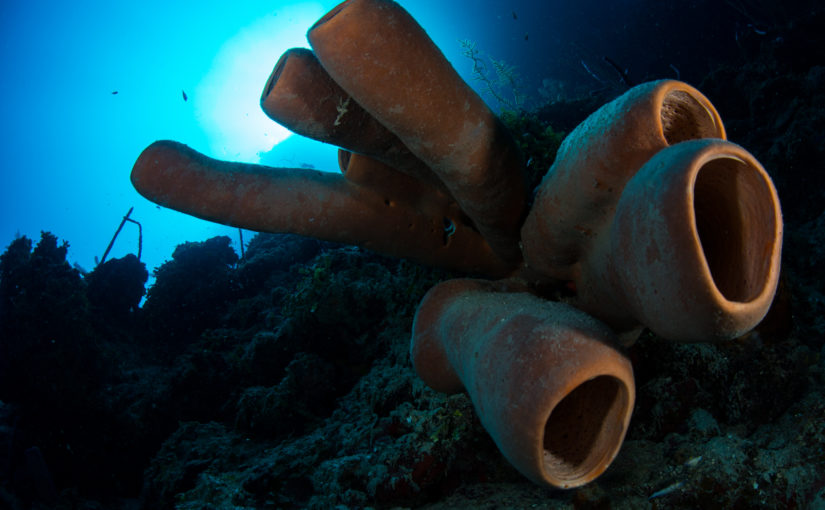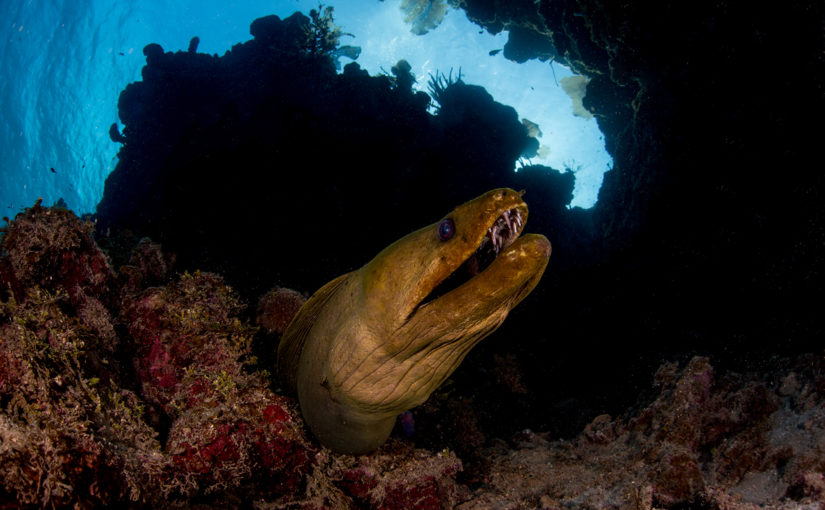
On my fourth day at the Aquarium we went to the Animal Care and Rescue Center (ACRC). There Holly and her team did training in one of the pools with divers figuring out best methods to save an unconscious diver and help if need be. Holly’s team of Josh, Jackie and Taylor Grace all helped to think of emergency scenarios and how they could be avoided and remedied. Holly and Jackie were the divers along with one of the staff from the ACRC who were in the water while Josh and Taylor and Ashleigh Clews, the director of the ACRC, watched and performed surface emergency scenarios. Obstacles that faced the team were poor design of the tank, there were cat walks that prohibited divers to go too far around without the tender not being able to pull them back. The tank is great for sharks and other fish but not so much for divers.
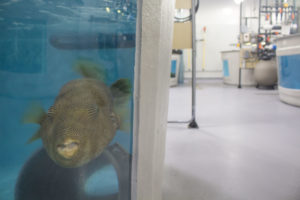
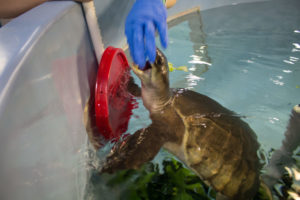
Once the training was done and best rescue procedures were thought of I went to work with some of the team with the ACRC, including Meredith Myers. She helped me prepare food for some of the animals housed on exhibit or in holding, these included lungfish, a cowfish, a map puffer named Duncan and many turtles. I went around to the tanks feeding some of the turtles throwing allotted amounts of lettuce into the tanks. One of my favorite turtles is a pig nosed turtle named Funzo, this species is the only freshwater turtle with fins.
Funzo was a charismatic fella who was very curious of what was going on and who you were. He is target feed by touching a colored wheel and give a piece of food. My time in the ACRC was really cool, I got to see a lot of the amazing behind the scenes of how the aquarium runs it quarantine and deals with sick animals.

